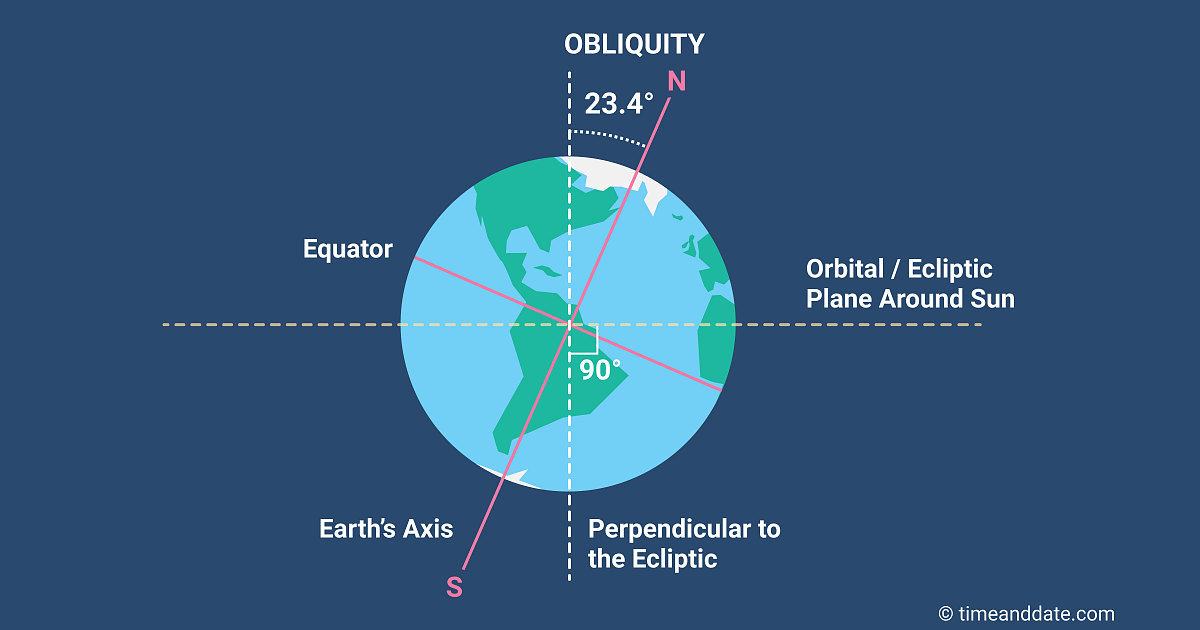What Is Tilt To Wake
Earlier this month, Tilt Brush co-creator Patrick Hackett announced he was leaving Google and would be joining the studio I-Illusions, the game studio behind VR title Space Pirate Trainer. The Seasons and Axis Tilt The Earth's seasons are not caused by the differences in the distance from the Sun throughout the year (these differences are extremely small). The seasons are the result of the tilt of the Earth's axis. The Earth's axis is tilted from perpendicular to the plane of the ecliptic by 23.45°. To cause to lean, incline, slope, or slant. To rush at or charge, as in a joust. Verb (used without object) to move into or assume a sloping position or direction. The Scarred Veteran of tilt finds themselves alone at 3:00 AM, in the zone and desperately trying to break a loss streak. Who needs sleep when there's a win just over the horizon? This spirit craves balance and healthy routines. Learning how to manage a state of hyperfocus is key to avoiding the habits that make an already-tilting situation worse.
 The Earth's seasons are not caused by the differences in the distance from the Sun throughout the year (these differences are extremely small). The seasons are the result of the tilt of the Earth's axis.
The Earth's seasons are not caused by the differences in the distance from the Sun throughout the year (these differences are extremely small). The seasons are the result of the tilt of the Earth's axis. The Earth's axis is tilted from perpendicular to the plane of the ecliptic by 23.45°. This tilting is what gives us the four seasons of the year - spring, summer, autumn (fall) and winter. Since the axis is tilted, different parts of the globe are oriented towards the Sun at different times of the year.
Summer is warmer than winter (in each hemisphere) because the Sun's rays hit the Earth at a more direct angle during summer than during winter and also because the days are much longer than the nights during the summer. During the winter, the Sun's rays hit the Earth at an extreme angle, and the days are very short. These effects are due to the tilt of the Earth's axis.

Solstices
The solstices are days when the Sun reaches its farthest northern and southern declinations. The winter solstice occurs on December 21 or 22 and marks the beginning of winter (this is the shortest day of the year). The summer solstice occurs on June 21 and marks the beginning of summer (this is the longest day of the year).
 Equinoxes
Equinoxes

Equinoxes are days in which day and night are of equal duration. The two yearly equinoxes occur when the Sun crosses the celestial equator.
What Is To Tilt Meaning
The vernal equinox occurs in late March (this is the beginning of spring in the Northern Hemisphere and the beginning of fall in the Southern Hemisphere); the autumnal equinox occurs in late September (this is the beginning of fall in the Northern Hemisphere and the beginning of spring in the Southern Hemisphere).